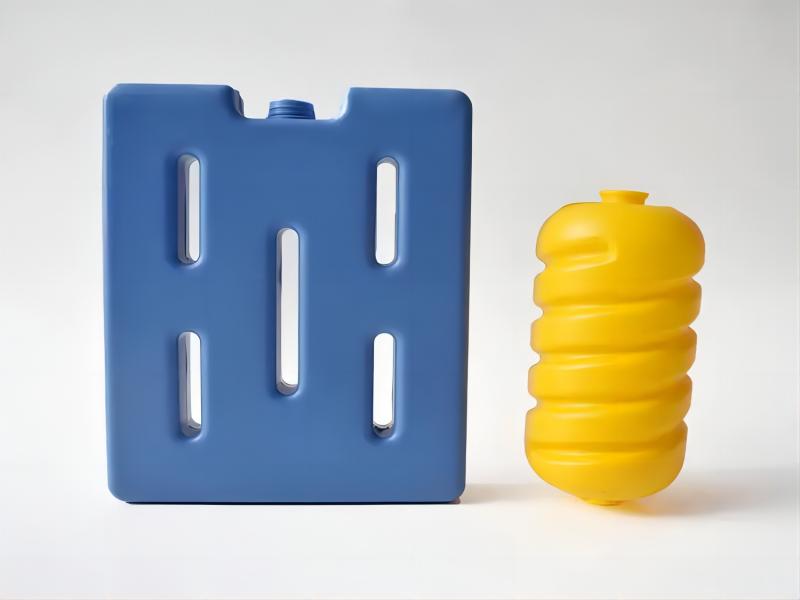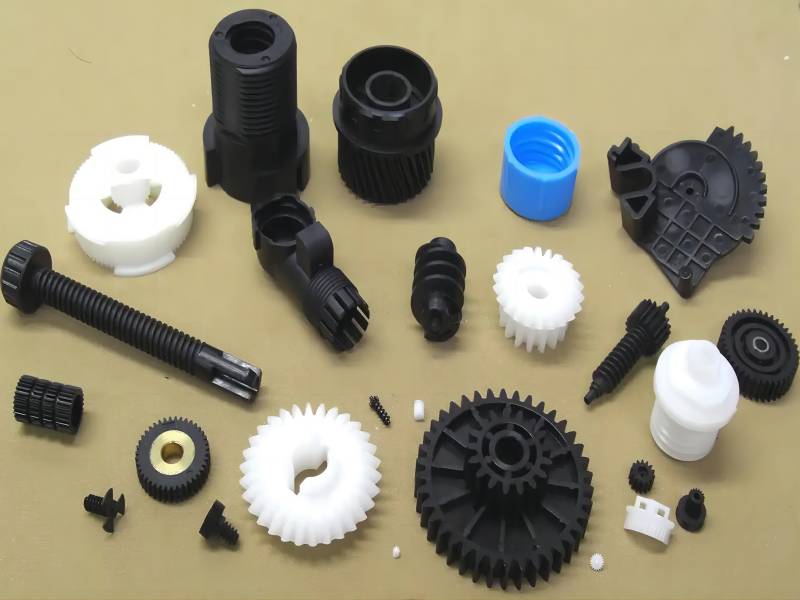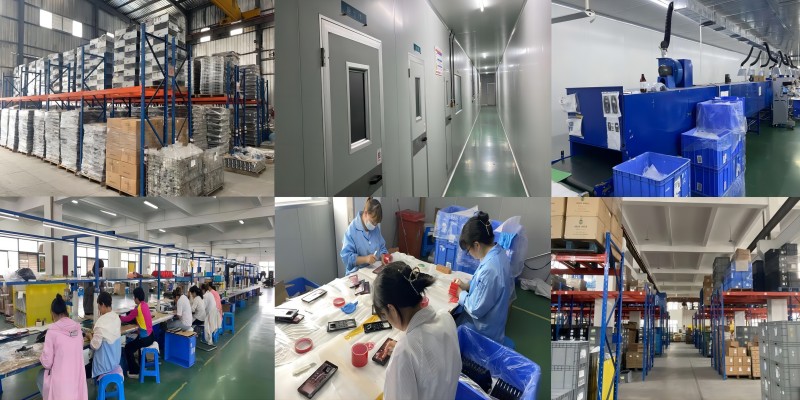Plastic products can be seen everywhere in daily life, and different plastic products are made by different processing techniques. Plastic processing is the process of turning plastic into semi-finished products or products with practical value. This usually includes primary and secondary processing of plastics.
Plastic raw materials are solid or elastomeric at room temperature, and the raw materials are heated during processing to turn them into fluid, molten liquids. Plastics can be divided into “thermoplastics” and “thermosets” according to their processing characteristics.
“Thermoplastics” can be heated and shaped many times and can be recycled. They are fluid like slime and have a slow melting state. Commonly used thermoplastics are PE, PP, PVC, ABS, etc. Thermosets solidify permanently when heated and cooled. The molecular chain forms chemical bonds and becomes a stable structure, so even if it is heated again, it cannot reach a molten liquid state. Epoxies and rubbers are examples of thermoset plastics.
Metal is not the only material that can be cast, plastic can also be cast. Smooth-surfaced objects are produced by pouring liquid plastic material into a mold, allowing it to cure at room or low temperature, and then removing the finished product. This process is often called casting. Commonly used materials are acrylic, phenolic, polyester and epoxy. They are often used to make hollow products, panels, etc., using plastic processes including dip molding, slurry molding, and rotational molding.
Blow molding is also known as blow molding. The middle of the machine is covered with a blow molding unit. The plastic feedstock is heated and passed through a die that will extrude the plastic into hollow strips. When the two molds close, they cut through the remaining material and blow air into the molds. At this time, the plastic will fill the entire inner wall of the mold like a blowing balloon, and finally, the finished product will be taken out after cooling. The materials used are ABS, LDPE, HDPE, PP, PC, PS, etc. The products are mostly various bottles and cans, as well as liquid-filled parts for automobiles and medical care.

Extrusion involves heating and softening a thermoplastic material before extruding it into a forming die for shaping. The plastic will form a cross-section that conforms to the mold. After the long section is extruded, it is cooled and then cut to the desired length as needed. Extrusion molding equipment is low in cost and widely used. Most use automated production, mainly for the production of pipes, sheets, bars, films, water pipes, parts, plastic sheets, plastic tapes, cables, etc.
Thermoforming is to put a material of uniform thickness in a mold, heat it to soften the material, cover the surface of the mold with the material, and then extrude it after cooling under the action of external force. After the cooling stage, it solidifies, giving the finished product. Thermoforming can be subdivided into thermoforming (compression molding) and vacuum forming. The difference is in the way the pressure is applied.
In plastic injection molding, granular raw material is fed into a machine where it is heated and molten plastic is injected into stainless steel molds at high temperature and pressure. Then the temperature is lowered, and the finished product is ejected with an ejector pin. The range of materials and applications that can be used is wide, as steel molds can produce complex, high-precision and diverse finished products. The relative cost of opening a mold is high, so it is usually necessary to increase production to share the cost of the mold. Plastic injection molding can produce a wide range of items, including daily necessities, auto parts, medical equipment, electronics, baby toys, and more.

Welding is the process of using heat to melt thermoplastics to join plastic objects. The methods are divided into contact and non-contact; contact welding includes vibration friction welding, and non-contact welding includes ultrasonic, laser, infrared, gas convection welding, etc.
The difference between foam molding and other moldings is that in foam molding, the material needs to expand before being poured into the mold. Most thermoplastics and thermosets such as PUR, EPS, PVC, EPE, EPP can be processed into foamed materials. The spherical feedstock will be thermally expanded to 40 times its original size using pentane and hot steam. The material is left for about 12 hours and then heated in an injection mold or injection molding machine, where the particles are fused and shaped at high temperatures. Foam material can greatly reduce the weight of the finished product. It is good for physical cushioning, thermal insulation, electrical insulation and sound absorption. It can be mass produced and processed into various sizes and forms, such as fruit packaging, surfboards, bicycle helmets, car interiors, and more.
Factory Workshop Show:

